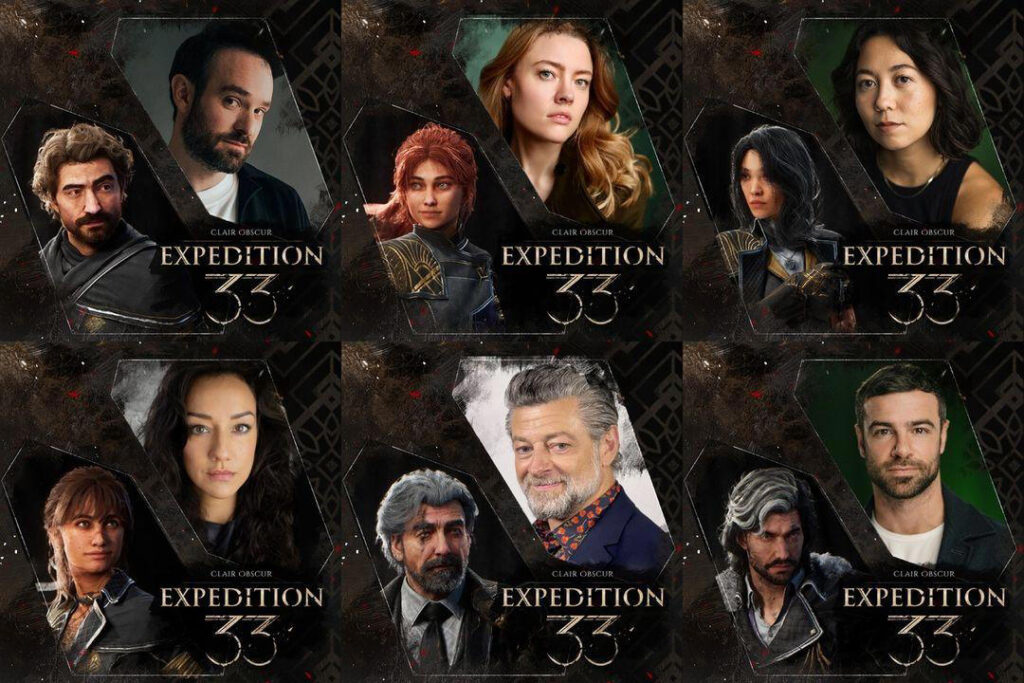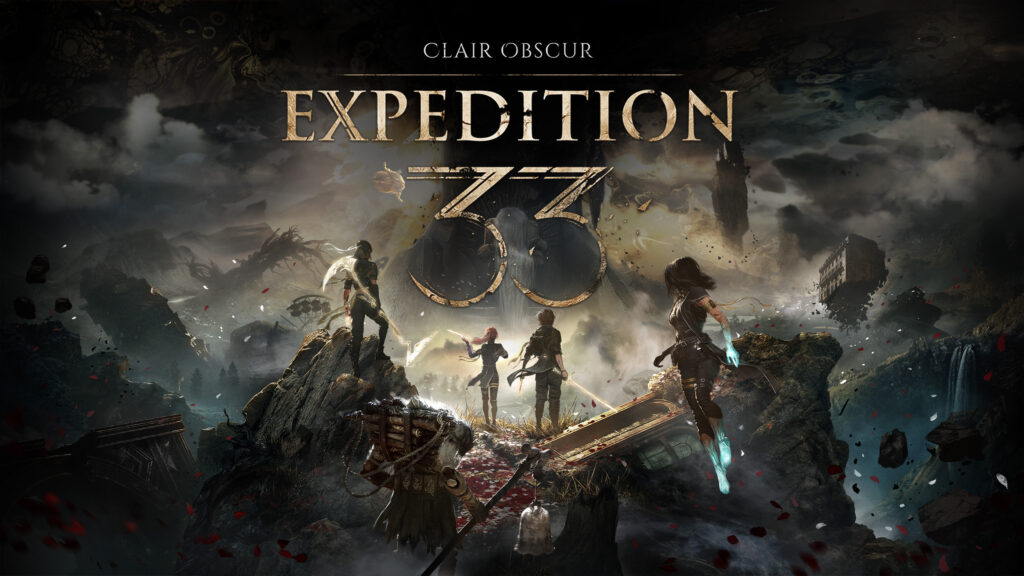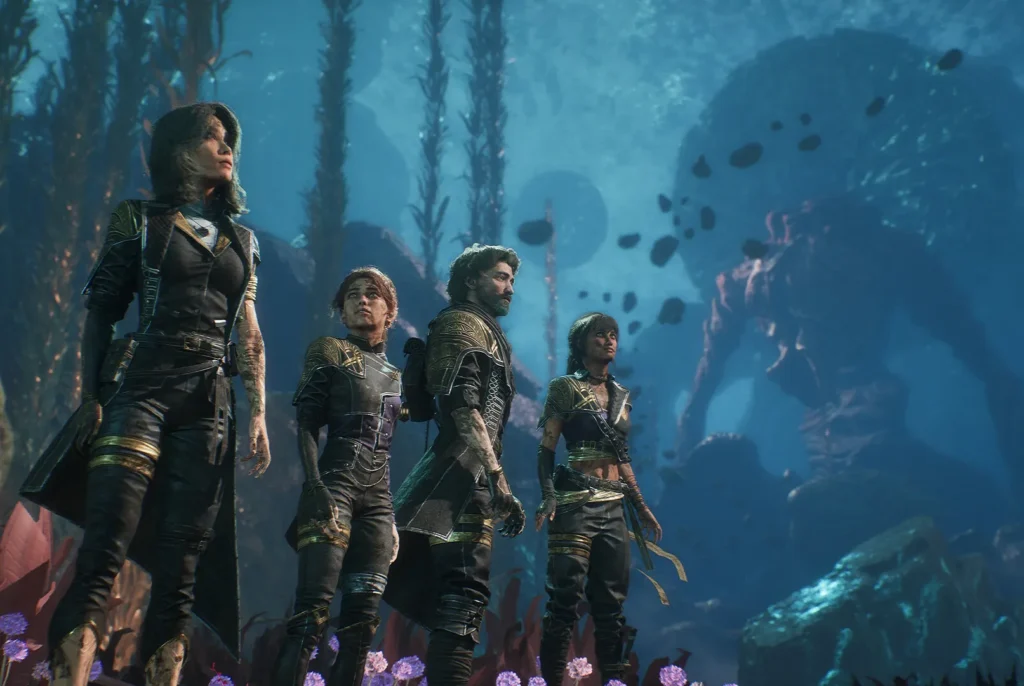
Author: Greg Lozano
It is rare when a new IP from a tiny developer comes into existence and puts shame to AAA publishers. The times that it does occur, one generally does not expect a graphical powerhouse, a reimagined battle system, a beautiful soundtrack, a star-studded cast, brilliant voice acting, incredible writing, and a world that leaves players and viewers inspired with the treasure trove of lore that resides even in the opening prologue. Expedition 33 is one of those titles where no one wants to talk about spoilers because everyone wants you to experience just how magical this game truly is. For those completely in the dark about this fantastic title, Expedition 33 is a turn-based RPG with combat and exploration heavily influenced from JRPGs such as Final Fantasy X and Legend of Dragoon, and fully embraces its French cultural influence through its characters and art. Sandfall Interactive, a studio that opened in 2020 and is armed with a team of 30, set out to make an ambitious passion project and succeed where so many colossal game developers have failed. This will not only serve as a review for this incredible game, but also, what Expedition 33 does so right in showing the gaming industry where attention needs to be focused when making games.
Leaning further into the story and the writing, players are greeted to a somber premise where each year, a figure known as the Paintress wakes to paint a new number, one that has counted down from the previous, and all people of that age vanish from existence. And with each year of another generation lost, a new Expedition sets out to stop the Paintress, “so she can never paint death again.” The setting, despite being bleak, is seen as a sense of celebration and acceptance to some, while others worry in fear, and few maintain optimism that the next Expedition will be the last. As players venture to the main continent, they will find journals from previous expeditions (all voiced), meet with a slew of new cast members, and surprisingly find moments to laugh in the doom filled world. It takes the work of a master to not only create a vast amount of dialogue, but to make each person, from playable character to NPC, feel like they are actually living and breathing in this world. Dialogue options in where other games would just have a “leave” option, have specifically catered responses to each interaction, even if that button is just a “leave conversation” button. This in tune makes many of the conversations feel organic and in ways your characters would react if given that interaction.
While not all stories need to be broken up from their main theme, it is welcoming when done properly, to insert humor so that tension does not become too much for the viewer (player). None of the “jokes” in this game feel out of place, but rather, they lean into the emotions that are presented in that current moment where it feels like people that have grown up together would have that exchange. Any time I found myself having a laugh, I just couldn’t believe that I was pulled from such a serious moment to crack a smile on my face. Moments like this felt reminiscent of times in my life where it felt like the weight of the world was crushing me, but the right words spoken from a friend shined light my way. Writing like this is something one would expect from an Oscar winning film, or a New York Times bestseller; and despite many games having excellent writing and stories, there aren’t many that feel this human, emotionally. And if they do have great writing, chances are the gameplay isn’t genre changing as it is with Expedition 33.
The franchises that come to mind that have amazing stories are The Last of Us and the newer God of War series. Between those two games, my personal opinion is that TLoU is vastly superior due to its combination of storytelling and unique gameplay mechanics, something that Expedition 33 did so right. As stated previously, the combat is based on JRPG structure, which is turn-based in nature. That being said, taking a turn is much more than just confirming an action and watching it happen, but rather, actions require well-timed skill checks to hit harder, dodge, evade, or jump, so no turn ever feels like putting down the controller. There are so many options, and with items that allow you to respect many, many times, players are allowed to change their play style as the game progresses. While franchises like Final Fantasy feared continuing turn-based combat, Expedition 33 embraced it and enhanced more of the actions which. If I’m being honest, it makes me prefer playing this over Final Fantasy VII Remake. No battle seems unfair as every fight can be beaten without taking damage if one understands the attacks of the enemies. I want to get into combat in this game as I want to see the many enemy models that were created, as well as their movesets. Not only do I improve as a player, but I get to appreciate the work that was put into these unique monsters (and trust me there’s a lot). Where most games would simply reskin enemies, each region just has their unique enemies and ecosystem that is just breathtaking.
In a generation where so many studios are trying to make the biggest title, fighting for your hours of entertainment, creating titles to hopefully keep you engaged with their game for hundreds of hours, Expedition 33 gives players a complete experience in 30 hours and expands on the idea of replayability and self-developed challenges. Many reviewers have stated that from start to finish the game can be completed in 30-40 hours, yet with all the added side content and exploration, they have found themselves investing 60-80 hours; all through sheer enjoyment and volition of their own choosing. What is great about that level of run time is that it does not need to rely on combat filler or fetch quests that end up taking countless hours for progression, but rather, every action feels like it properly fits to make the entire machine running perfectly. Truly what makes a game of this length perfect is that it invites people to want to come back to this game in the future. While other large games have countless hours of collectables to gather, giving players a sense of completion in collection, Clair Obscur works to invite people to embrace the emotions of the story rather than just check off another process completed.
From the prologue, one could see a warped Eiffel Tower, floating stones, and an array of colors in this gorgeously distorted city; and that pales in comparison when you finally get to explore the continent and see a dense red forest housing creatures that always want to fight and test the strength of those around them, a land that looks like it is underwater as corals stand meters tall and marine life swims above, and so much more. It feels as if the team behind the environmental design shared all possible creative aspects as there wasn’t a part where my jaw wasn’t left hanging in wonder. The thing that makes this art design so powerful and important is that, even within a section that may appear similar, all of the sections of the levels look different enough that it is easy to remember your previous location all without the need for a map. And, as this is a game without a map or mini-map, creating distinct areas becomes crucial for the player’s enjoyment. This game does not need a mini-map at all as each section can be reached toward its end in a straightforward manner; and frankly, it fits to the theme of the game, being explorers of a region that only gets discovered by previous expeditions. Every section has paths that one can branch from to find hidden items that can help as you explore more, but none of it is ever needed.

The nice thing about searching for those hard to reach items is the music that accompanies each region. Not even spending a large amount of time, I already find myself humming many of the tunes as I go about my day. Songs of the region also have a battle version for when encounters happen, making the song that much more memorable. While most songs serve to help enhance every other aspect of the world, there are some standout songs that deserve their own attention. While they feel vastly different from everything that has been heard from many of the previous zones, they fit in perfectly when it’s used. With much of this being of French influence, once can’t help but want to whimsically move as they explore the continent of this game.
Like the music of the game, the voice acting just adds to the flavor that is this main course known as Expedition 33. Jennifer English (Shadowheart of Baldur’s Gate 3), Ben Starr (Clive of Final Fantasy XVI), Charlie Cox (Matt Murdock of Daredevil), Andy Serkis, and many more give performances that truly shake a person’s emotions to their core. The motion captured body language and facial expressions make for many of the scenes to grip people more than they would watching a television drama. Even NPCs are voiced in ways where you could feel their struggle or joy. Even in the prologue there are exchanges that just feel like you can’t help but want to help those that have lost hope or are filled with optimism for the current team.
This game was designed for the current generation, and it shows in every possible way. The graphical strength that Unreal Engine 5 puts out makes this a visual treat for any modern console or PC owner (if it comes out on Switch 2, only time will tell). While the engine is known to have visual clipping issues, that is hardly a problem with a game this stunning, and quite frankly really low on the bug count. Bethesda, Ubisoft, EA, Activision, 2K, none of them can say they released a game day 1 with this little issue to the point where I have to try to break the game just to find bugs. The music is filled with scores that make every moment flow like a calm river and a tranquil sunny day. The combat reinvents turn-based combat in a way where generations from here on out will be trying to figure out ways to replicate it or improve on it. The acting and writing knew that a story needed to be told that no other medium could do to this level.
This game not only brings the feel of old JRPG back into the modern era, but created a new standard for game development. The passion and love in this game cannot be found in any AAA publisher. I’d say Nintendo comes close with how fun their games are, but the focus of most of their games I feel fall in line is to “entertain players”; this would be like if Disney was tasked to make The Shawshank Redemption. The blend of gameplay and story is something rare here, and it is something that absolutely must be experienced.

Game Rating:
Must Play
For those that would like to know about my rating system, it goes as followed:
Avoid: This game is not worth your time. Generally littered with bugs to the point where it is just unplayable.
Not Recommended: Games like these generally aren’t worth playing, but there could be some niche groups that find it entertaining.
Recommended If*: These are the types of games that fall into specific categories where it is fun if you are the type of person that enjoys these types of games. Overall an enjoyable experience for those that fit the mold.
Highly Recommended: For the types of games that go beyond their core group. These are the games that, when asking for your time, give you something worth remembering.
Must Play: Genre defining, original, will live rent free in your head until your final days.
